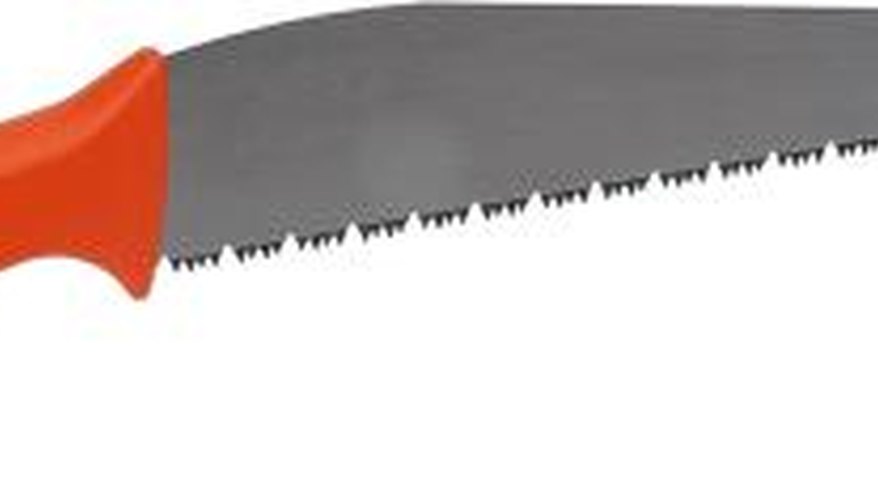Amla (Phyllanthus emblica), also called emblic or Indian gooseberry, is a highly prized, fruit bearing tree from India, according to the Purdue University Horticulture & Landscape Architecture website. Amla reaches about 60 feet tall, in most cases, and has a smooth grey-brown bark that peels off in flakes. It's rarely entirely bare and is therefore considered an evergreen. It bears small, yellowish-green flowers, then round fruit that matures to a yellow-green or brick-red colour. High in vitamin C, the fruit is juicy, crisp and sometimes quite bitter.
- Amla (Phyllanthus emblica), also called emblic or Indian gooseberry, is a highly prized, fruit bearing tree from India, according to the Purdue University Horticulture & Landscape Architecture website.
- Amla reaches about 60 feet tall, in most cases, and has a smooth grey-brown bark that peels off in flakes.
Prepare the planting site. Select a sunny, warm location. Amla is a subtropical plant and while it often recovers from cold temperatures, it thrives best when it's not exposed to frost. Planting amla in a location sheltered from frost is best.
Test the site's soil using a home testing kit (available from gardening centres). Although amla is noted for growing well in areas where the soil is too dry or poor in quality for other fruits, it will thrive in deep soil that is slightly acidic or slightly alkaline.
- Test the site's soil using a home testing kit (available from gardening centres).
Amend the soil as necessary, according to the results of the soil test. Amend with peat and sand for better drainage, if necessary. (Amla will grow in slightly clay soil, however.)
Till the soil with a spade or a rototiller.
Dig a hole that's slightly bigger than the sapling's root ball.
Remove the amla sapling from the pot by holding the plant at its base and turning the pot upside down.
Place the amla in the hole and backfill.
Repeat Steps 5 through 7, spacing the young trees 30 to 40 feet apart.
Water well. Continue watering throughout the dry season.
Fertiliser may be applied for the plant's first decade, if desired. Use about 28.4gr. of nitrogen for every year of the plant's age and apply half of this fertiliser after the fruit sets (or in the spring, if the plant isn't producing fruit yet) and the rest about four months later.
- Remove the amla sapling from the pot by holding the plant at its base and turning the pot upside down.
- of nitrogen for every year of the plant's age and apply half of this fertiliser after the fruit sets (or in the spring, if the plant isn't producing fruit yet) and the rest about four months later.
Prune back hard each year. If the tree begins producing inferior fruit, cut the tree back to about 4 feet in the spring and treat cut surfaces with coal tar.
TIP
Amla trees usually begin bearing fruit after six years and will continue to do so for about 50 years. Traditionally, amla fruit is collected off the ground or shaken from the tree. Amla fruit may be made into pies or tarts, as a flavouring for vinegar or made into jam, relish or pickles. Traditionally, the fruit is cooked with sugar and given to children to eat daily. Amla is also used to add acidity to dishes.
